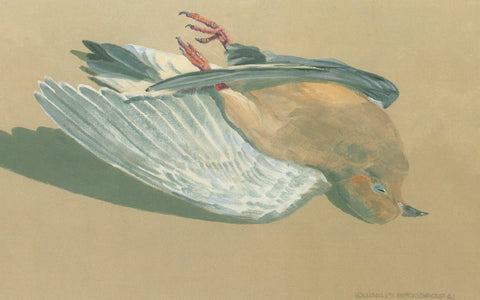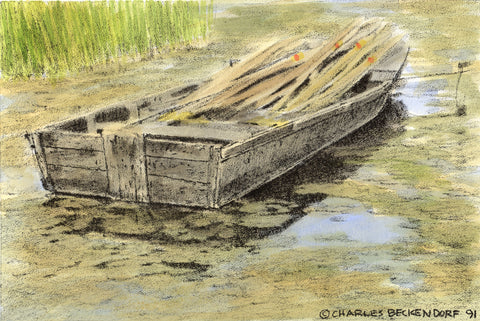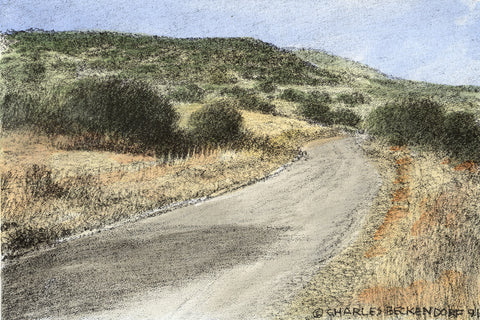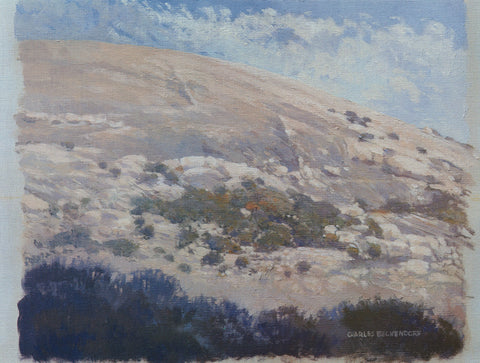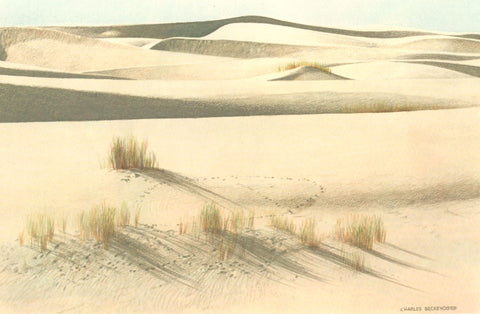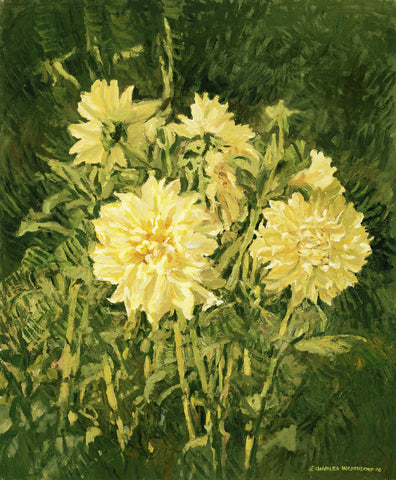
Dahlias
Giclee on Paper | By Charles Beckendorf
Additional Information
This beautiful floral painting of Dahlias was painted by Charles Beckendorf in 1990 using acrylic paints. This print is a paper giclee print measuring 18 X 24 This colorful print is sure to bring color and warmth to any décor, and these pretty flowers will never wilt.
Spanish Hidalgos reported finding the plants growing in Mexico in 1525, but the earliest known description is by Francisco Hernandez, physician to Phillip II, who was ordered to visit Mexico in 1570 to study the "natural products of that country".
They were used for a food source by the indigenous peoples, and were both gathered in the wild and cultivated. The Aztecs used them to treat epilepsy, and employed the long hollow stem of the flower for water pipes.
This is a part of the Texas Still Life Art Prints Collection.
Giclee on Paper
Giclees are one-of-a-kind works that contain the same physical properties of their original. Pronounced "zhee-clay", giclees are printed at high resolution on canvas using pigment-based inks. These large-format prints are known for their higher quality and longer lifespans.
About the Artist - Charles Beckendorf
Charles grew up in Mathis, Texas, where he had the opportunity to spend hours on large ranches. Generous land owners gave him permission to wander freely over their ranches and he observed creatures in their natural surroundings. He developed a lifelong love of nature, whether it be in the tiniest of flowers or the largest of animals. It was at this time that he became a true naturalist.
We Also Recommend
REVIEWS

